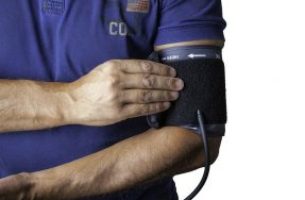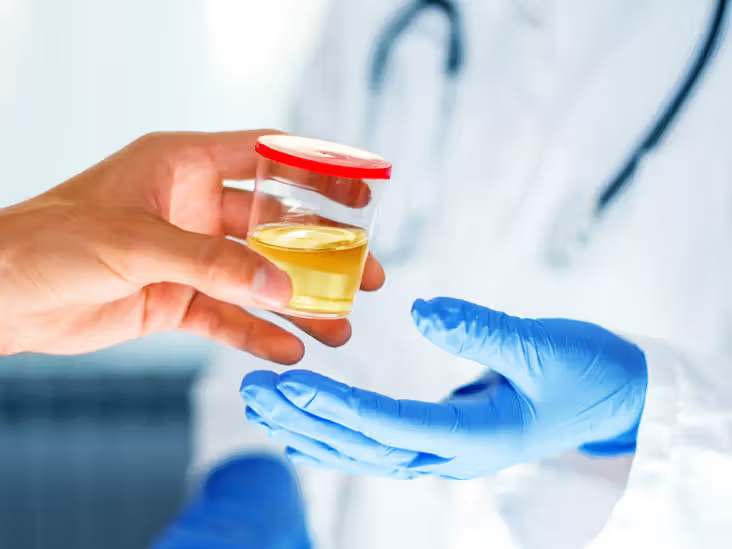Losing your hair at a young age? You’re not alone and it’s not always something you can control. Here’s why some people go bald earlier than others: Male pattern baldness is the main cause – It’s genetic and linked to a hormone called DHT (dihydrotestosterone) – DHT causes hair follicles to shrink, leading to thinning […]
Read MoreBlood pressure tablets: 10 do’s and don’ts In this article we will describe how to use blood pressure tablets: with 10 do’s and don’ts. 10 Do’s For patients Take your medication as prescribed: Follow the dosage instructions provided by your doctor or pharmacist. Take the correct dose at the same time each day Monitor your […]
Read MoreHow to lower your cholesterol level In this article, we will describe how to lower your cholesterol level. Let’s start with the basics. Cholesterol 1. What is cholesterol? It is a fat which all humans need to keep healthy. Many different cells make cholesterol. The liver makes about a quarter of the total. 2. […]
Read MoreWhat is Martha’s Rule? Martha’s Rule is a patient safety initiative in England that allows patients and their families to seek an urgent review from a critical care outreach team if they are concerned about a patient’s deteriorating condition and feel their concerns are not being adequately addressed. This rule was created in response to […]
Read MoreBenefits of asking for a second opinion from a doctor A second opinion might provide different treatment options. This could be valuable if the original treatment plan is considered invasive, risky, or if you feel uncomfortable with it In some cases, getting a second opinion from a specialist in a particular field can provide more […]
Read MoreHow to request a second opinion from a doctor If you want to request a second opinion about your GP’s or your specialist’s diagnosis and/or your treatment, you can follow these steps: Share your concerns with your GP. Explain why you’re uncertain about the diagnosis or treatment plan you’ve been given and ask for their […]
Read MoreBubbles in urine: What it could mean, according to a kidney doctor Occasional instances of foamy pee are common for everyone. But sometimes, those extra bubbles in the toilet water are a sign of a more serious condition, such protein in the urine, which can be caused by diabetes or other causes of chronic kidney […]
Read MoreDisease and Anatomy Disease often affects anatomy, and changes in anatomy can cause disease. But lets start with the normal body. The human body is remarkably well designed. Most of the body’s organs have a great deal of extra capacity or reserve. This is why they can still function adequately even when damaged. For example, […]
Read MoreHow does the body work together? The human body functions as a complex, integrated system where multiple organ systems work together to maintain homeostasis and carry out various functions. Each system, like the circulatory, respiratory, digestive, and nervous systems, have specialised roles; but they also rely on and interact with each other to ensure the […]
Read MoreWhat are the Causes of Weeing (Peeing) Too Much? Frequent urination, or peeing too often, can be caused by various factors. Here are some possible causes. Fluid intake: Drinking more fluids can increase urine production Age: Older adults might experience more frequent urination Protaste enlargement (in a man): This can be benign (not cancer) or […]
Read More







